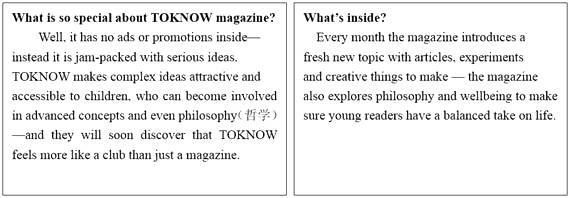2.
(2017·北京)
阅读下列短文,从每题所给的 A、B、C、D 四个选项中,选出最佳选项,并在答题卡上将该项涂黑。
A
It was a cold March day in High Point, North Carolina. The girls on the Wesleyan Academy softball were waiting for their next turns at bat during practice, stamping their feet to stay warm. Eighth-grader Taylor Bisbee shivered(发抖) a little as she watched her teammate Paris White play. The two didn't know each other well —Taylor had just moved to town a month or so before.
Suddenly, Paris fell to the ground,“Paris's eye rolled back,” Taylor says. “She started shaking . I knew it was an emergency.”
It certainly was, Paris had suffered a sudden heart failure. Without immediate medical care, Paris would die. At first,no one moved. The girls were in shock. Then the softball coach shouted out, “Does anyone know CPR?”
CPR is a life-saving technique. To do CPR, you press on the sick person's chest so that blood moves through the body and takes oxygen to organs. Without oxygen the brain is damaging quickly.
Amazingly, Taylor had just taken a CPR course the day before. Still, she hesitated. She didn't think she knew it well enough. But when no one else came forward, Taylor ran to Paris and began doing CPR, “It was scary. I knew it was the difference between life and death,” says Taylor.
Taylor's swift action helped her teammates calm down. One girl called 911. Two more ran to get the school nurse, who brought a defibrillator, an electronic devices(器械) that can shock the heart back into work. Luck stayed with them: Paris' heartbeat returned.
“I know I was really lucky,” Paris say now. “Most people don't survive this. My team saved my life”
Experts say Paris is right: For a sudden heart failure, the single best chance for survival is having someone nearby step in and do CPR quickly.
Today, Paris is back on the softball team. Taylor will apply to college soon. She wants to be a nurse. “I feel more confident in my actions now,” Taylor says. “I know I can act under pressure in a scary situation.”
